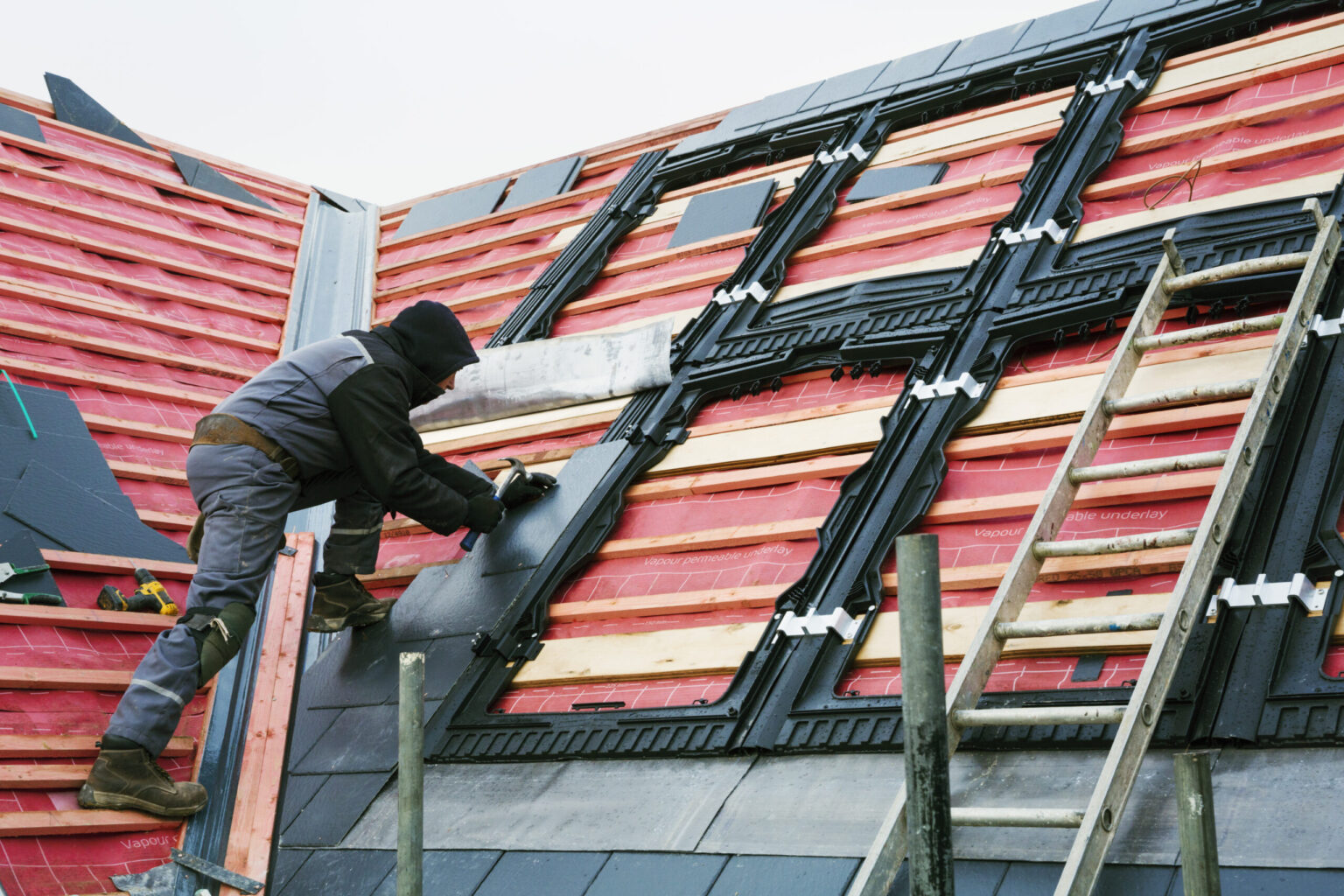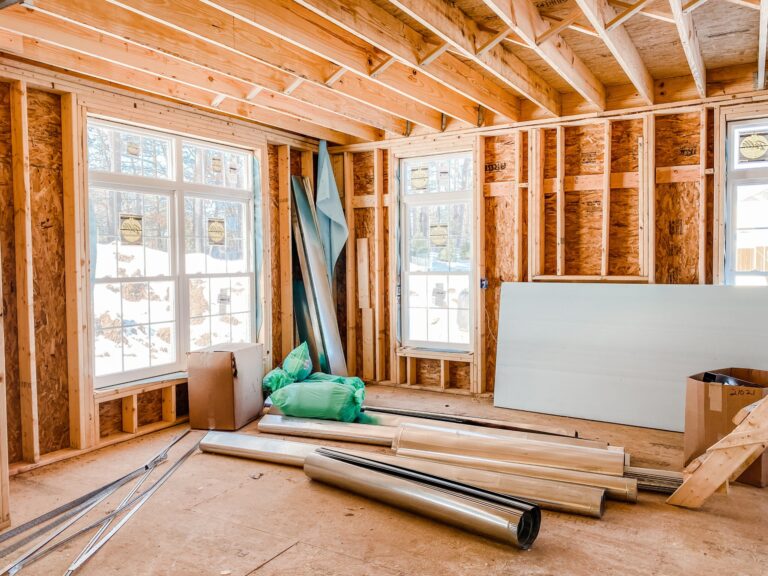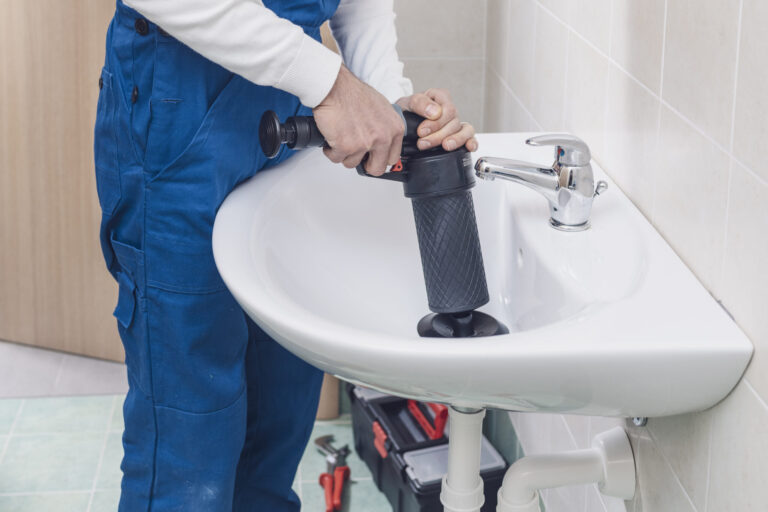Deciding to replace your roof can be a significant investment, but it’s necessary to maintain the value and safety of your home. It’s essential to understand the process and make informed decisions regarding materials and labor costs. Keep reading to learn about the crucial steps for getting a new roof, including evaluating your options, working with professional contractors, considering energy efficiency, and performing post-installation maintenance.
Evaluating Your Roof Replacement Options

Before starting any major home improvement project, it’s essential to consider all your options. When it comes to roof replacement, this means researching the various materials available on the market and the associated costs. Popular choices include asphalt shingles, metal, and wood. Each material has unique advantages and drawbacks, which should be considered based on your home’s architectural style, climate, and budget.
Once you have a general idea of the material you’d like to use, consult a professional contractor to discuss specific options. Some brands may have better warranties or longer lifespans, which can affect the overall cost of the project, something to be aware of when learning how to get a new roof.
Another evaluation option is whether a complete roof replacement is necessary or repairs can be made instead. Roof repairs, such as fixing leaks or replacing damaged shingles, can be less costly and time-consuming than a full replacement. A professional roofer can help determine your home’s appropriate course of action.
Working With Professional Roofing Contractors
One of the most critical aspects of getting a new roof is selecting the right contractor to handle the installation. Start by seeking recommendations from friends, neighbors, or online reviews—schedule consultations with multiple contractors to compare estimates and discuss the project’s scope. Ask questions about their experience, licensing, and insurance during these consultations.
When evaluating and comparing potential contractors, consider factors such as price, availability, and the quality of the materials they use. The cheapest option may not always be the best choice if it means sacrificing the quality of materials or workmanship. A dependable contractor will communicate openly and honestly during the consultation, thoroughly explaining their recommendations and cost estimates.
Considering Energy Efficiency and Sustainability
When replacing your roof, it’s also crucial to consider the energy efficiency and environmental impact. Energy-efficient roofing materials, such as metal or cool asphalt shingles, can help reduce your home’s energy consumption and lower your monthly utility bills by reflecting more sunlight. They can also prolong the lifespan of your roof by reducing heat-related damage and maintaining a more consistent temperature.
Eco-friendly materials, like recycled metal or solar shingles, have a lower environmental impact due to their manufacturing and disposal processes. In some cases, investing in eco-friendly roofing materials can lead to utility rebates or tax incentives, further reducing the project’s cost.
If you are considering adding solar panels to your new roof, discussing this with your contractor is vital, as certain roofing materials may be more compatible with solar installations. Integrating energy efficiency and sustainability into your roof replacement project can provide long-term financial and environmental benefits.
Performing Post-Installation Maintenance

After your new roof is installed, maintain regular maintenance to maximize its lifespan and protect your home. Schedule periodic inspections with a professional contractor to identify and address potential issues before they become more significant problems. Monitor your attic and interior ceilings for signs of water damage or leaks, as these could indicate an issue with your new roof.
Keeping gutters clean and clear of debris is crucial, as clogged gutters can cause water to back up and damage your roof, resulting in costly repairs. Additionally, ensure that your attic has proper ventilation and insulation to maintain ideal indoor temperatures and prevent damage from temperature fluctuations.
By following these maintenance guidelines, you can extend the lifespan of your new roof, reduce the likelihood of repairs, and maintain the curb appeal and value of your home.







